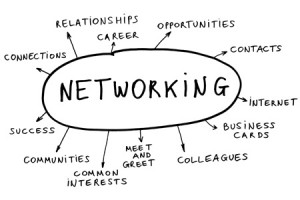
Resume Parsing is when free form resume information is converted into structured information that is suitable for reporting and manipulation by a computer. The usefulness behind structured information works in the recruiters favor when thousands of resumes pour in from a variety of sources. In order to capture relevant information recruiters are able to use resume-parsing services data directly into the ATS saving time as well as room in your filing cabinet.
Recruiters gain enormous advantages when using resume parsing. We’ve come up with a list of a few of the many benefits recruiters obtain by using resume parsing:
More Usable Data: We’ve all been there at a job fair or a recruiting event leaving with a stack of awkward and useless paper resumes. Additionally, resume databases can be filled with inaccurate or incomplete data with tons of complicated records. Resume parsing makes useless information, useful and easy. When applicants submit resumes parsing software takes each bit of information and uploads it into a database that recruiters are able to use, search, and make better decisions throughout the entire hiring process. Imagine scanning your resumes before you leave the job fair with the candidate data automatically being uploaded into your ATS or talent community.
Reduced Cost: One of the biggest challenges recruiters face is proving ROI on investments. Resume Parsing allows a recruiter to automatically see information collected in such a way that it reduces the man-hours of looking through every single resume to only minutes by searching for information credited to qualified applicants. No more long lonely nights sifting through endless piles of paper resumes. No longer does the recruiter need to read a resume, give them some superficial rating and keep track of pros and cons.
Improved Candidate Experience: One of the biggest obstacles that recruiters face is providing an exceptional experience for each candidate. Using resume-parsing software allows candidates to forgo the dreaded application process that could take 30-60 minutes to fill out by simply uploading a resume. Let your software do all the work while improving not only your resume abandonment numbers, but by increasing your overall candidate quality.
Resume parsing was created to streamline a recruiter’s job when it comes to searching through unlimited resumes. It’s impossible for any department to function properly when the majority of their time is taking apart hundreds, if not thousands of resumes. A recruiter is able to take apart resumes by keywords and search data in ways that weren’t even possible before resume parsing was made available.
Jessica Miller-Merrell, SPHR is a workplace and technology strategist specializing in social media. She’s an author who writes at Blogging4Jobs. You can follow her on Twitter @blogging4jobs.
Photo Credit.






